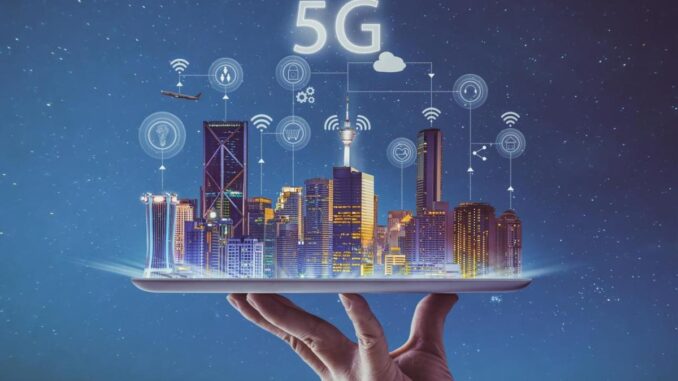
Spectral efficiency is a crucial metric in mobile communication that measures the data rate transmitted over a given bandwidth. With the advent of 5G technology, several factors contribute to enhanced spectral efficiency, enabling faster and more reliable communication.
Key Factors Contributing to Enhanced Spectral Efficiency in 5G
Massive MIMO (Multiple Input Multiple Output): Massive MIMO technology involves deploying a large number of antennas at both the transmitter and receiver ends.








This configuration significantly increases the capacity of the network by allowing multiple data streams to be transmitted simultaneously, thereby improving spectral efficiency.
Millimeter Wave (mmWave) Frequencies:
5G utilizes mmWave bands, which offer a larger bandwidth compared to previous generations. This increased bandwidth allows for higher data rates and improved spectral efficiency, making it possible to support more users and devices.
Network Densification:
The deployment of ultra-dense networks, which includes macrocells, microcells, and femtocells, enhances coverage and capacity. By increasing the number of access points, the network can better manage user density and reduce interference, leading to improved spectral efficiency.
Advanced Modulation Techniques:
5G employs advanced modulation schemes, such as Orthogonal Frequency Division Multiple Access (OFDMA), which allows for more efficient use of the available spectrum. This technique divides the spectrum into smaller sub-channels, enabling multiple users to share the same frequency band without significant interference.
Beamforming:
Beamforming technology directs signals towards specific users rather than broadcasting in all directions. This targeted approach reduces interference and enhances the signal quality, contributing to higher spectral efficiency.
Carrier Aggregation:
5G supports carrier aggregation, which combines multiple frequency bands to increase the effective bandwidth available for data transmission. This capability allows for higher throughput and better utilization of the spectrum.
Conclusion
The combination of these technologies and strategies in 5G networks leads to a significant improvement in spectral efficiency, enabling faster data transmission and better overall network performance. As 5G continues to evolve, these factors will play a vital role in meeting the growing demands for mobile connectivity.


Leave a Reply